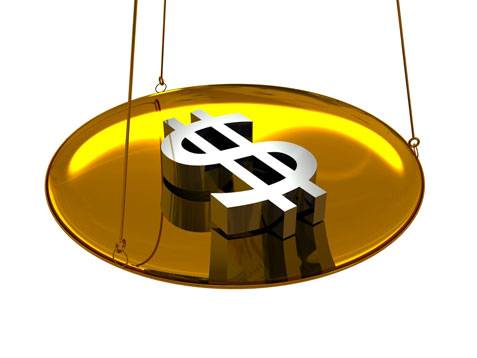Corn futures in Chicago recorded fresh contract lows again this week, while soybean prices edged closer to single digits, as forecasts continue to point to abundant U.S. crops.
December corn contracts remain slightly above last year’s levels, while November soybean contracts reached their lowest for this date in five years. However, when adjusted for inflation, current July averages for both corn and soybeans are at their lowest for any July since 2006.
This sharp decline comes as U.S. exporters struggle to maintain their global market share in grains and oilseeds—once considered strongholds—amid continued expansion of Brazilian production.
Low prices weigh on U.S. farmers
Low prices are particularly painful for U.S. farmers, as input costs remain relatively high. Corn prices have fallen by at least 30% since mid-2022, both in nominal and inflation-adjusted terms.
Yet the national average cost of producing corn has declined by only 3% this year compared to 2022, and by 11% after accounting for inflation.
In other words, today’s $4-per-bushel corn price does not carry the same value it once did, even though U.S. supply forecasts remain historically modest.
2006 Benchmark
So far in July, the average corn price for December contracts on the Chicago Board of Trade stands at $4.21 per bushel, while the average for November soybean contracts is $10.20.
This compares to full-month July 2024 averages of $4.12 for corn and $10.67 for soybeans.
U.S. data released Tuesday showed that the Consumer Price Index (CPI) rose by 2.7% year-over-year in June, pushing the inflation-adjusted average corn price for July 2024 to $4.23—roughly equal to the adjusted price of July 2020.
In nominal terms, corn prices have been lower in July on 11 occasions since 2006.
But after adjusting for inflation, the current $4.21 price is the lowest since 2006, when the inflation-adjusted price was $4.19—or $2.65 in nominal terms.
As for soybeans, there have been 9 Julys since 2006 where nominal prices were lower than the current average of $10.20.
Yet after adjusting for inflation, this is also the lowest since 2006, when the inflation-adjusted price was $9.74—or $6.15 in nominal terms.
Modest rebound… but still far from the peak
Despite a slight rebound in corn and soybean prices this week, they remain well below this year’s highs recorded in February, when U.S. crop insurance guarantees for the upcoming harvest season were set.
Still, the decline in prices since then is not exceptional—something that dampens enthusiasm for bullish investors. So far this month, December corn contracts are trading 10% below the February average, a smaller drop than in the previous two years.
November soybean contracts are down just 3% compared to February, even though larger declines were seen in four of the past seven years, including 2024.
Are supplies justifying the drop?
The U.S. Department of Agriculture (USDA) expects U.S. ending corn stocks for the 2025–2026 season to rise by 24% year-over-year.
This follows a projected 24% decline in 2024–2025, which ends on August 31.
A year ago, forecasts called for a 12% increase in 2024–2025—similar to the 18% forecast for 2020–2021.
Interestingly, inflation-adjusted corn prices in July 2020 and 2024 are very close to current levels, suggesting a logical relationship between supplies and prices.
But that argument weakens when considering actual volumes. The projected ending stocks for 2025–2026 stand at 1.66 billion bushels—21% and 37% lower, respectively, than the forecasts for 2024–2025 and 2020–2021 at the same point in the calendar.
Still, the market may be trading on the assumption of a final stock figure closer to 2 billion bushels, given the strong likelihood of improved yields—which supports the rationale for continued low prices.
Soybeans… potential support
The USDA estimates that U.S. soybean stocks for 2025–2026 will decline by 11% year-over-year—the first annual drop expected in July since 2020, when the figure was -32%.
In July 2019, the forecast was for a 24% drop. But the average inflation-adjusted soybean prices in July 2019 and 2020 were both above $11 per bushel, suggesting room for prices to rise this year—especially if August weather forecasts turn unfavorable.
Corn
As for trading, December corn futures settled down 0.8% at $4.21 per bushel.
Soybeans
November soybean futures rose 0.7% to $10.26 per bushel.
Wheat
September wheat futures closed down 1.3% at $5.33 per bushel.


